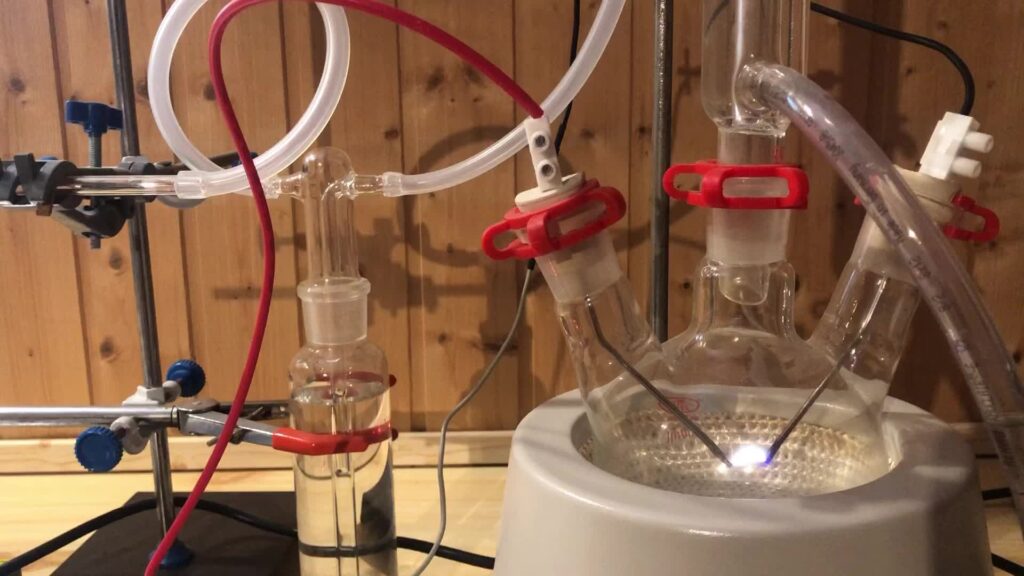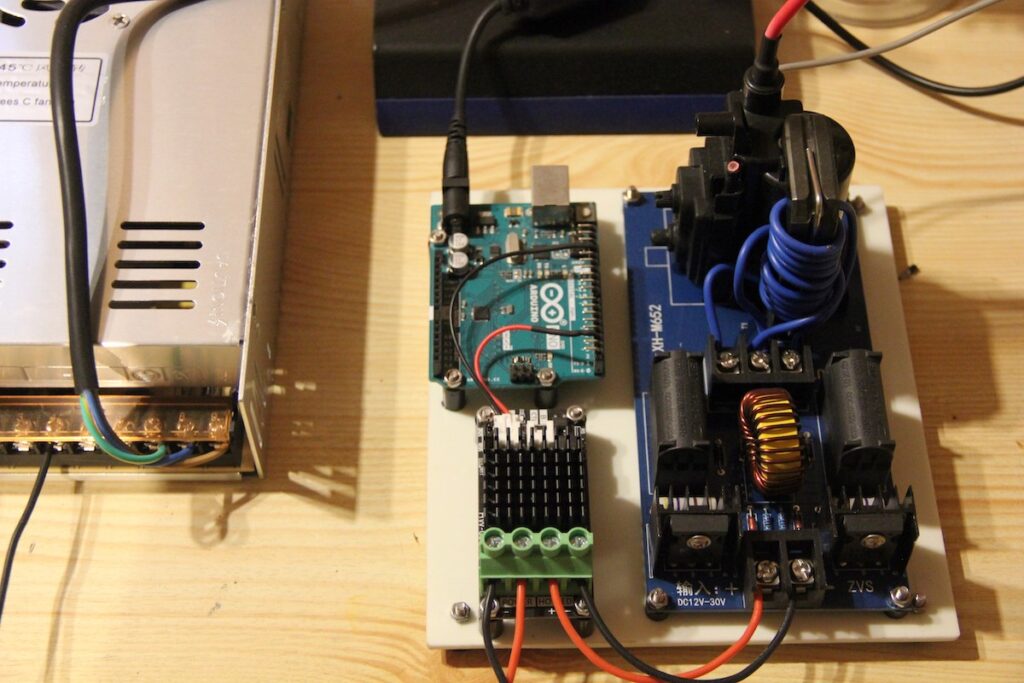Recreating the famous Miller-Urey experiment with Arduino

Evolution is fact — at least as much as anything is a “fact” in the scientific sense. What is still very much in question is abiogenesis, which is the origin of life from inorganic compounds. Evolution is the mechanism that took unicellular life to our current biodiversity, but scientists don’t know exactly how the first single-cell organisms came to be. Most reputable theories posit that the conditions on a young Earth allowed organic compounds, like amino acids, to form and then develop into organisms. In 1952, the Miller-Urey experiment confirmed that such a thing is possible. To recreate that famous experiment, M. Bindhammer turned to Arduino.
The conditions that, theoretically, resulted in the first amino acids were an atmosphere of compounds like methane, water, ammonia, and hydrogen along with electricity in the form of lightning. Stanley Miller, under the supervision of Harold Urey, recreated those conditions in the lab with a closed system that heated the gases, passed them through a chamber with electrodes to produce sparks, then down through a cooler and back to the start. That produced many amino acids that could (again, in theory) come together to form genetic code. M. Bindhammer’s reproduction of this experiment works in a similar way, but with a plasma arc instead of sparks.

M. Bindhammer needed a way to control the plasma arc and chose an Arduino Uno Rev3 board for the job. That plasma arc oxidizes the nitrogen in the air, so it is crucial to the experiment. Generating the plasma arc required a lot of voltage (45000V), which M. Bindhammer controlled through a MOSFET connected to the Arduino. That let them modulate power to the electrodes in order to avoid overheating them.
This seems to have been a success and M. Bindhammer reports that the initial experiment produces the hypothesized results.